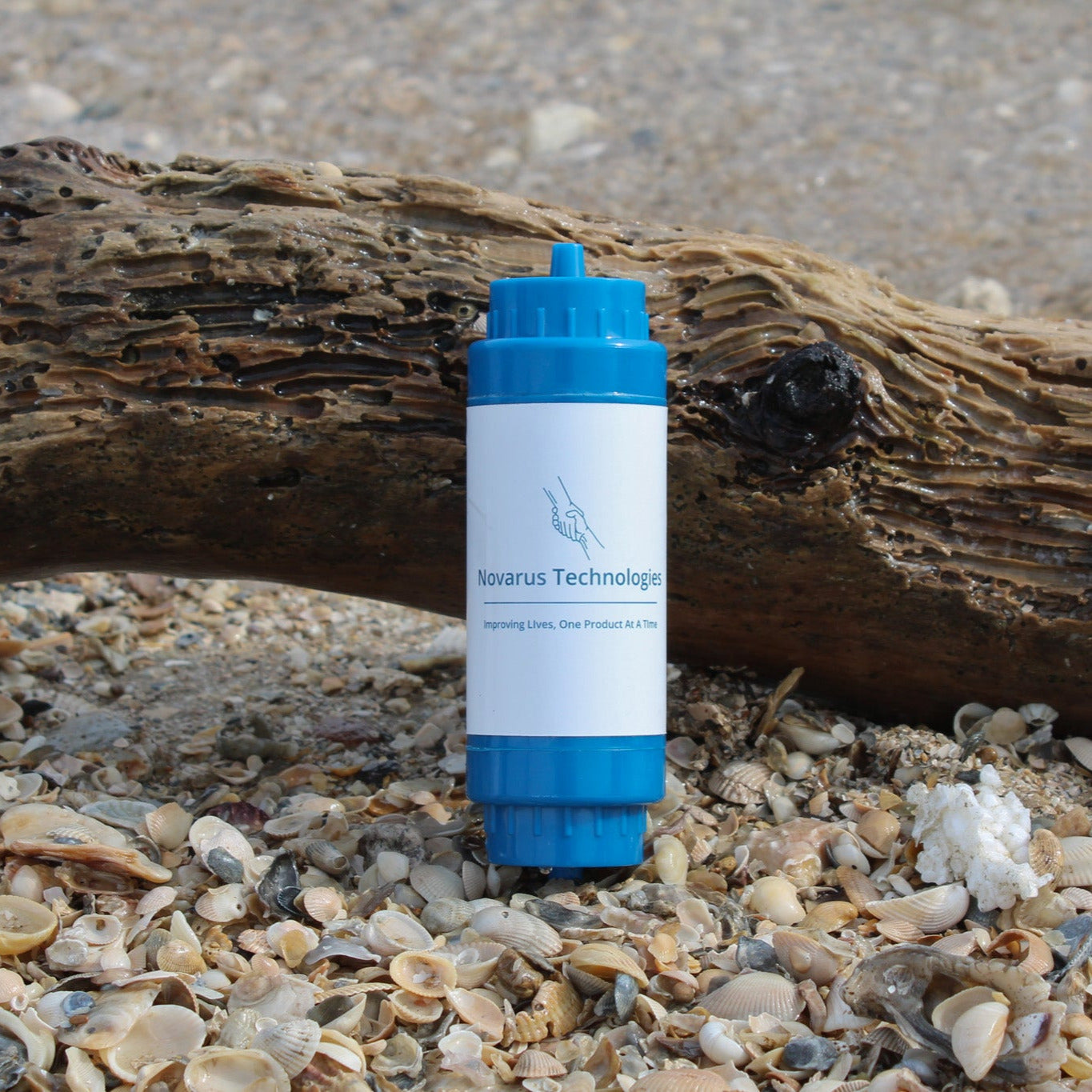In recent years, the prevalence and intensity of wildfires have surged, particularly in regions like Canada and California. While the immediate devastation caused by these infernos is evident, a subtler yet equally profound consequence often lurks in the background – the degradation of air quality. As plumes of smoke disperse from these blazes, they traverse vast expanses, enveloping communities in a dense haze of pollutants. Seattle's recent encounter with wildfires serves as a poignant testament to the far-reaching impacts of these events.
The Impact on Air Quality
During the zenith of the wildfires, Seattle found itself engulfed in a thick shroud of smog and smoke, reminiscent of urban centers notorious for pollution, such as New Delhi. According to data from the Environmental Protection Agency (EPA), the Air Quality Index (AQI) in Seattle during wildfire events soared to hazardous levels, with PM2.5 concentrations exceeding the recommended thresholds by several magnitudes (EPA, 2021). This drastic deterioration in air quality precipitated a surge in respiratory ailments, with hospitals reporting a significant uptick in admissions for asthma exacerbations and acute respiratory distress.
Furthermore, a study published in the Journal of Exposure Science & Environmental Epidemiology found that exposure to wildfire smoke is associated with adverse cardiovascular outcomes, including increased risk of heart attacks and strokes (Gan et al., 2017). These findings underscore the multifaceted health risks posed by wildfires, extending beyond respiratory distress to encompass cardiovascular complications.
Preparation and Mitigation Strategies
The capricious nature of wildfires underscores the reality that no community is immune to their adverse effects on air quality. Consequently, meticulous preparation is imperative. Robust strategies are requisite to mitigate the repercussions of poor air quality, encompassing provisions for accessible masks and the implementation of measures to curtail exposure to harmful pollutants.
According to a report by the Centers for Disease Control and Prevention (CDC), wearing N95 respirators or equivalent masks can significantly reduce inhalation of fine particulate matter (PM2.5) present in wildfire smoke, thereby mitigating the risk of respiratory ailments (CDC, 2021). Moreover, implementing indoor air filtration systems equipped with high-efficiency particulate air (HEPA) filters can substantially reduce indoor PM2.5 concentrations, safeguarding indoor air quality and mitigating health risks (Fisk et al., 2011).
Raising Awareness
Beyond mere preparedness, fostering awareness is indispensable. We must grasp the gravity of the situation and acknowledge the pressing need for concerted action. With wildfires showing no signs of abating, and the resultant decline in air quality posing a persistent threat, complacency is not an option.
According to a survey conducted by the National Fire Protection Association (NFPA), only a fraction of households in wildfire-prone areas have emergency evacuation plans or air quality monitoring systems in place (NFPA, 2020). This highlights the urgent need for heightened awareness and proactive measures to mitigate the impact of wildfires on air quality and public health.
Conclusion
In light of the foregoing, it is incumbent upon us to remain informed, proactive, and vigilant. It is imperative that we recognize the covert menace posed by wildfires to air quality and take decisive measures to safeguard ourselves and our communities. In matters pertaining to the air we breathe, there can be no room for indifference. By leveraging existing research and statistics to inform our actions, we can mitigate the health risks associated with wildfires and forge resilient communities equipped to withstand the challenges posed by these environmental phenomena.


